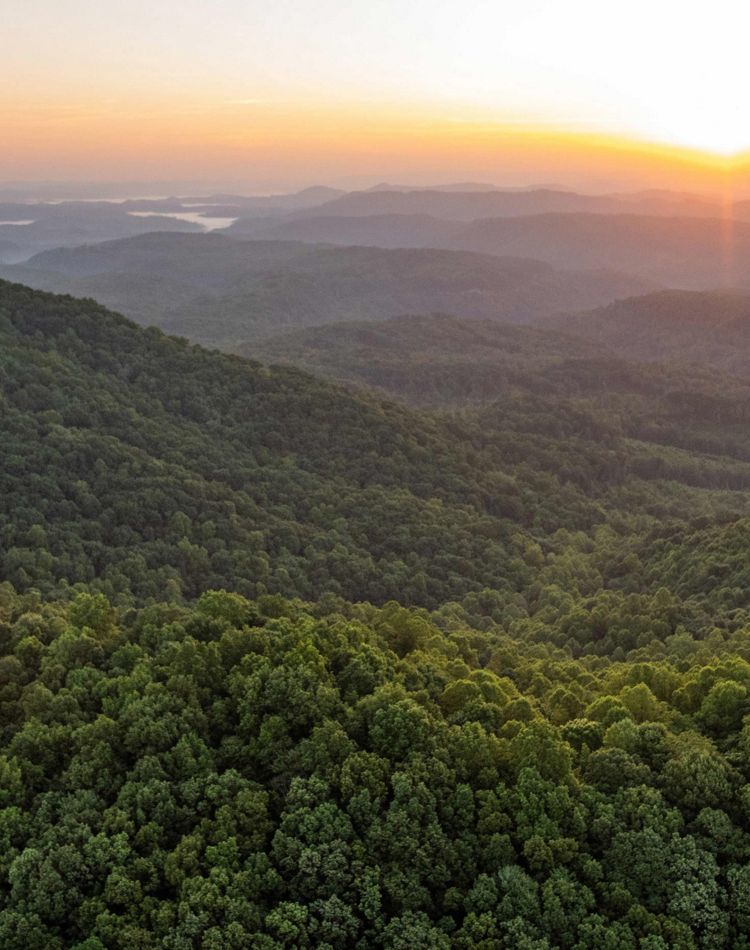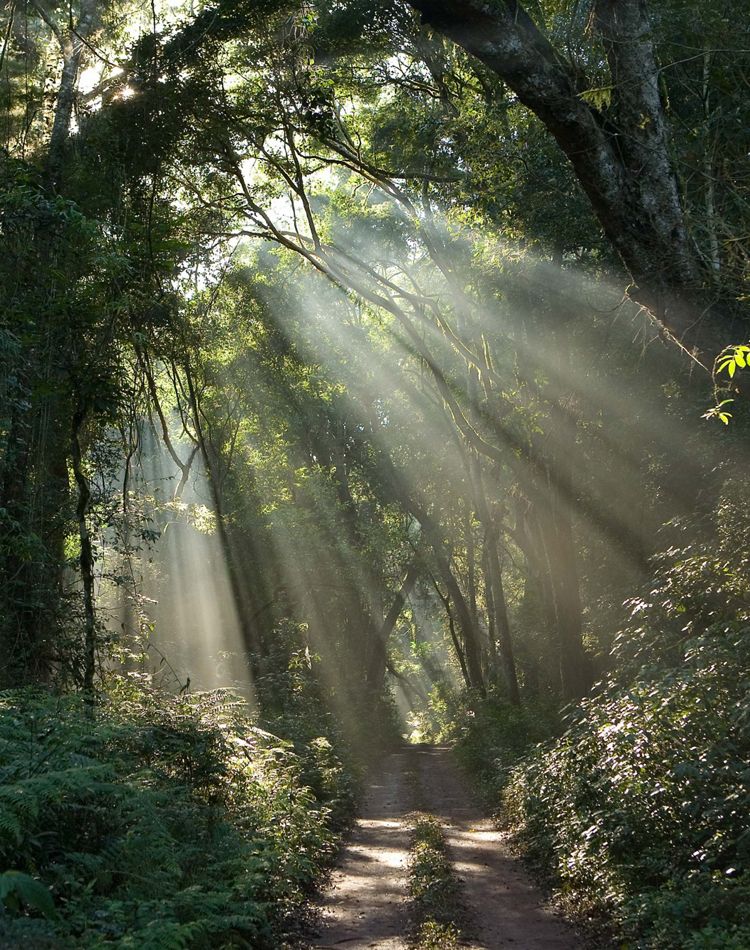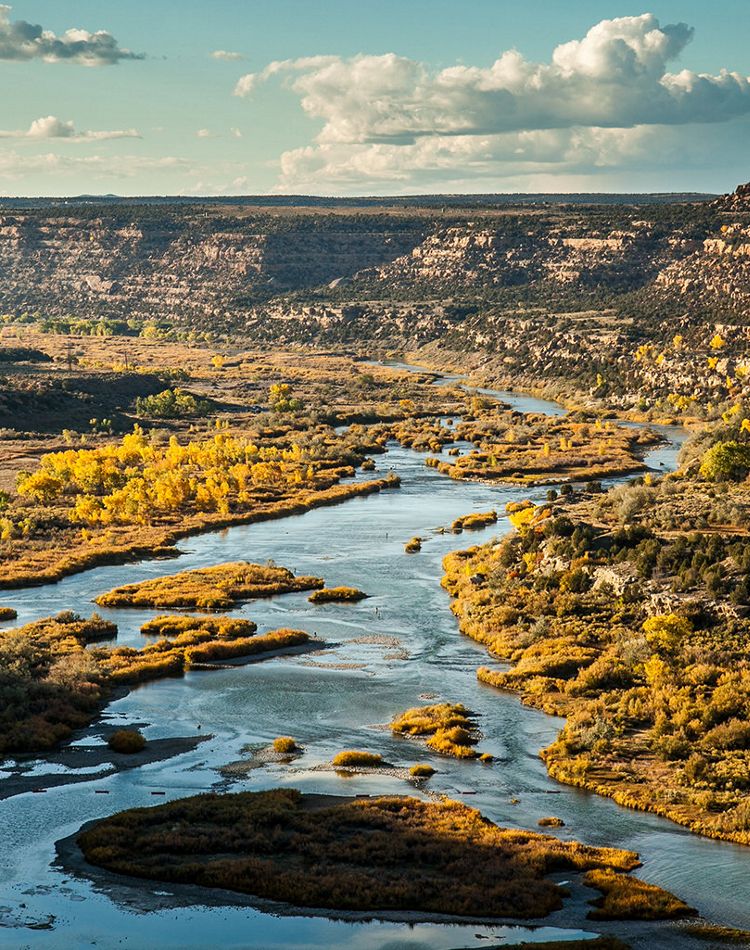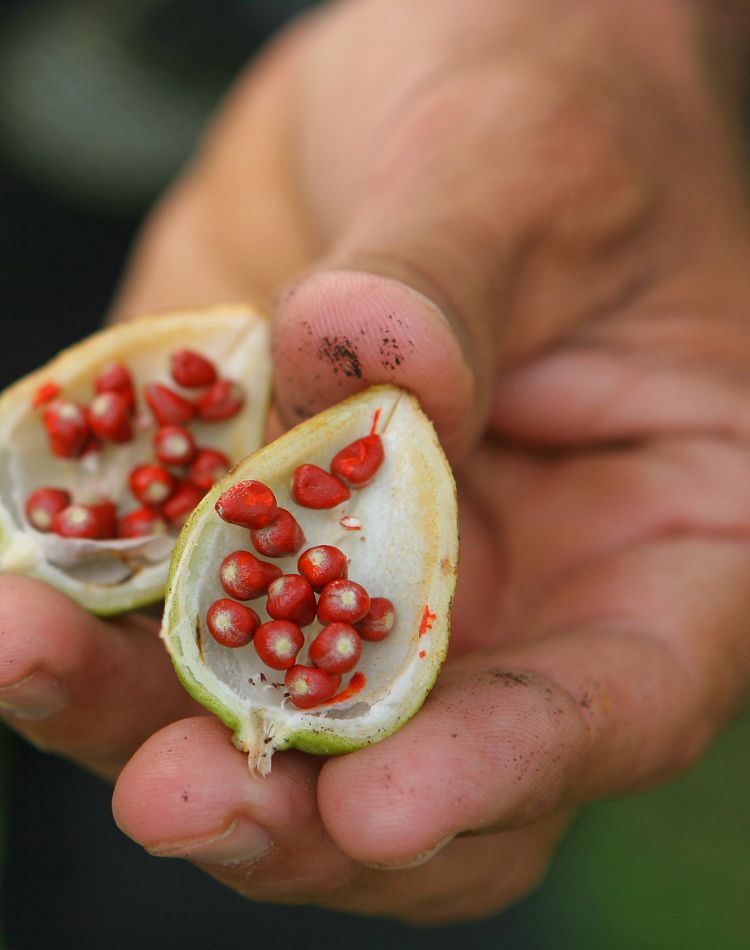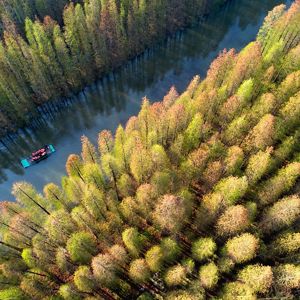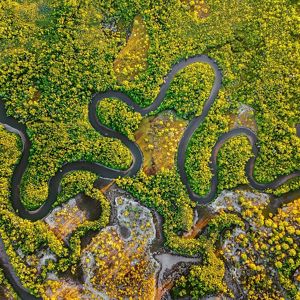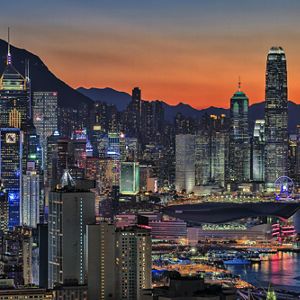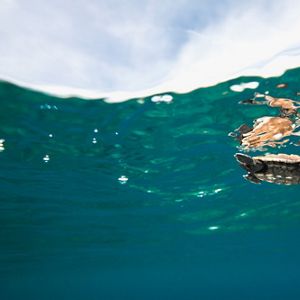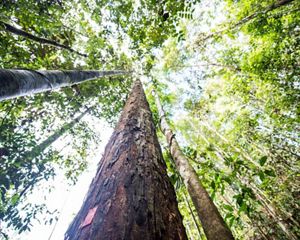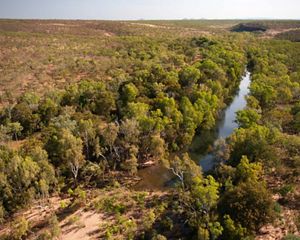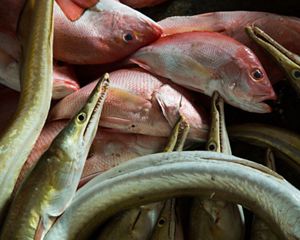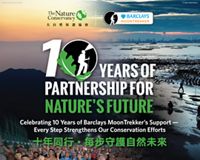Our Goals for 2030
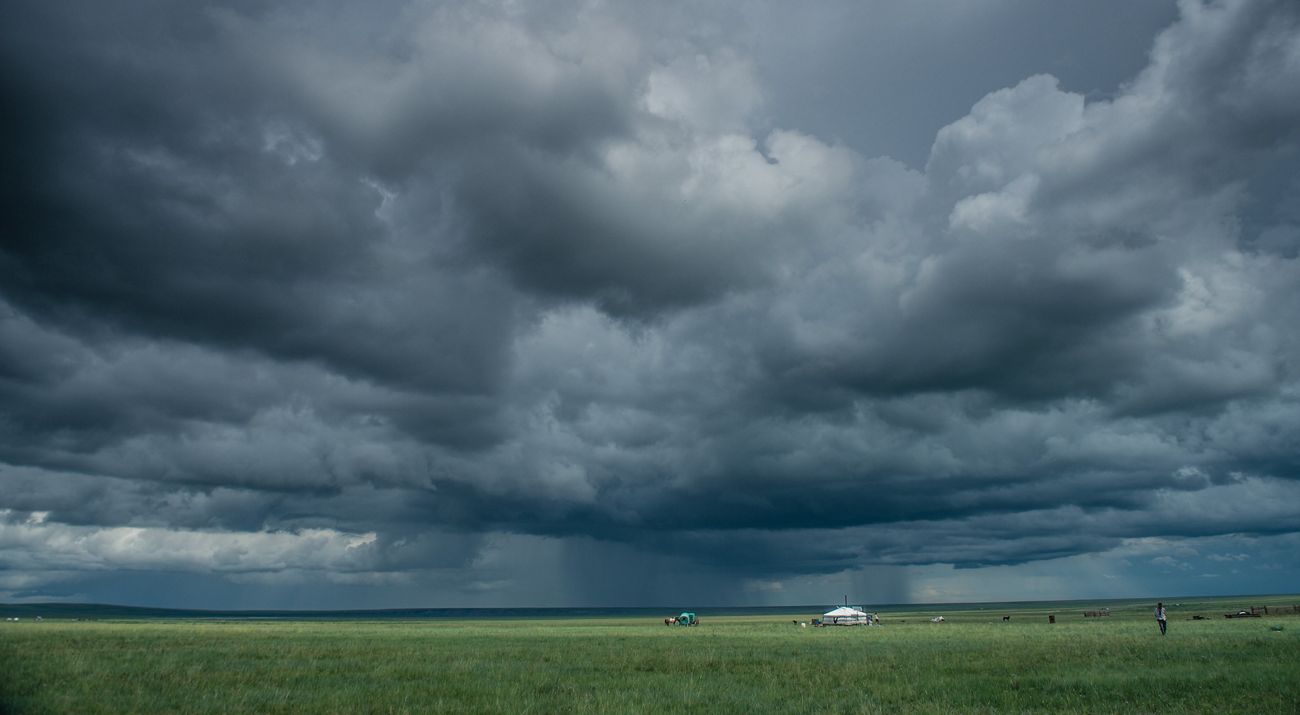
We have years, not decades, to take on the interconnected crises of climate change and biodiversity loss. But by working together, we’re overcoming barriers to the solutions our planet needs.
Together, we find a way.


The Nature Conservancy’s Goals for 2030
Our approach reflects decades of learning and refining, and the special role TNC can play side-by-side with partners, communities and decision-makers across the globe:
Watch these explainer videos
Our Challenges, Explained
Solving Climate Change
In this video, it’s the future, and we look back on how we saved the world. Spoiler alert: we did it with nature. How? In the 2020s, we learned that nature could pull 11 billion metric tons of carbon from the atmosphere.
(3:01)
Biodiversity Explained
What if all the variety on the planet disappeared? It could happen. Extinctions are happening faster than ever. We must prioritize biodiversity for health of our environment, food supply, and economies.
(3:05)
TNC Asia Pacific's 2030 Goals
Based on TNC's 2030 global goals and our conservation strategies, TNC is committed to achieving the following outcomes by 2030 in Asia Pacific. The figures in the following image represent cumulative progress from 2023 - 2024.
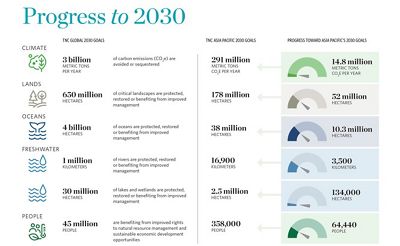
Our 2030 Goals in Action in Asia Pacific
Here are some featured projects in the region that touch base on people-centered conservation, policy that delivers conservation outcomes and prosperity for nature.
Road to Success
The Nature Conservancy's mission is to conserve the lands and waters on which all life depends. Our vision is a world where the diversity of life thrives, and people act to conserve nature for its own sake.
-
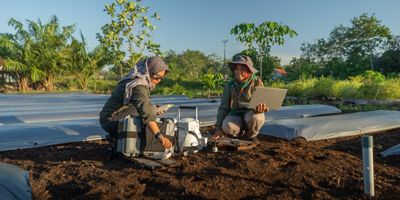
Strong Foundation for Success
With over 30 years of conservation experience in Asia Pacific, our contributions and partnerships are built on trust and collaboration.
-
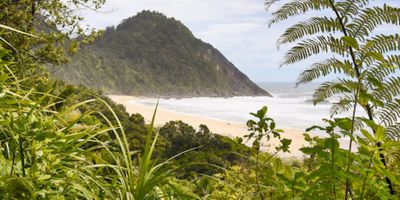
Policy That Delivers
We support governments to develop and implement the policies and laws needed to achieve lasting conservation outcomes at scale.
-
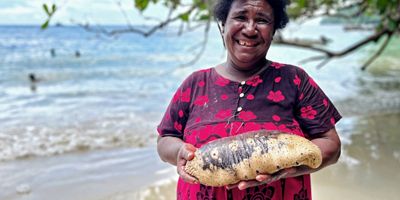
People-Centered Conservation
We work with Indigenous and local communities because the people most impacted by our actions must be central to developing equitable solutions.
-
Prosperity for Nature
We support private sector efforts that aims to direct capital flows away from damaging practices and towards equitable conservation and climate action.
Oyster Reef Restoration at HKIA
Since 2021, Airport Authority Hong Kong has been working with The Nature Conservancy on a project to recycle oyster shells for use in restoring oyster reefs along the newly built seawall for the Three-runway System at Hong Kong International Airport
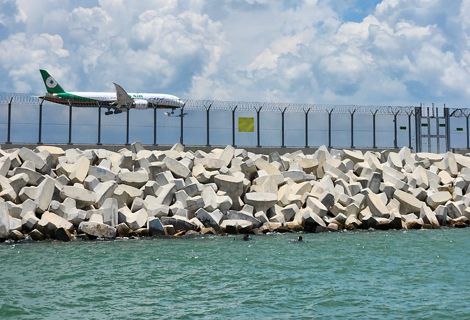
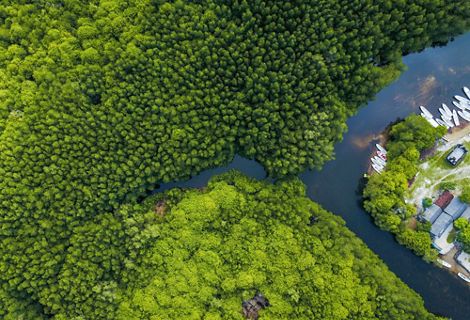
Nature-based Solutions
To comprehensively address multiple risks in the world, such as climate change and biodiversity loss, nature-based solutions (NbS) have gradually become an important approach.
Sponge Cities
TNC is collaborating with city officials to transform Shenzhen into an innovative, cost-effective “sponge city.”

Subscribe to our email updates
Get timely conservation news to get involved and make a difference protecting our air, water, food and well-being in Hong Kong and around the world.
